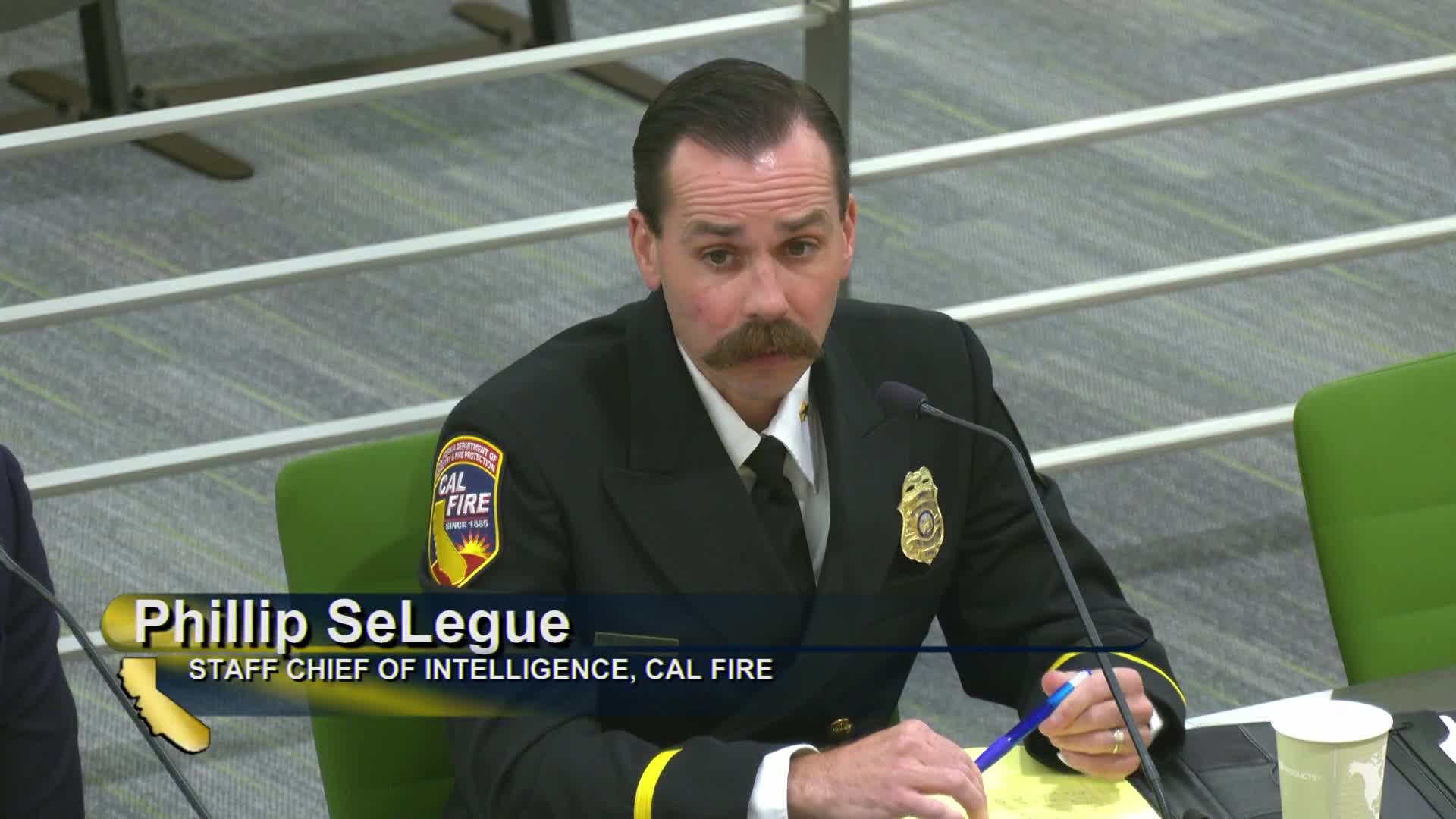AI Revolutionizes Fire Prediction with Rapid Decision Making
August 29, 2024 | Governmental Organization, Standing Committees, California State Senate, Senate, Legislative, California
This article was created by AI summarizing key points discussed. AI makes mistakes, so for full details and context, please refer to the video of the full meeting. Please report any errors so we can fix them. Report an error »

In a recent government meeting, officials discussed significant advancements in predictive analysis related to fire behavior, highlighting the transformative impact of artificial intelligence (AI) and machine learning. The discussion centered around the evolution of the Fire Hazard Identification and Risk (FHIR) models, which were originally developed over 50 years ago and relied on basic binary systems.
Today, these models have been enhanced to accommodate a dynamic environment that processes hundreds of inputs, allowing for rapid decision-making. The integration of AI enables fire behavior analysts to receive actionable insights within a mere 20 seconds, significantly improving their ability to assess fire risks and predict potential impacts on critical infrastructure.
This shift towards more sophisticated predictive tools marks a crucial development in fire management strategies, equipping analysts with the necessary data to make informed decisions about fire containment and resource allocation. The meeting underscored the importance of these advancements in enhancing public safety and protecting vital assets from the threat of wildfires.
Today, these models have been enhanced to accommodate a dynamic environment that processes hundreds of inputs, allowing for rapid decision-making. The integration of AI enables fire behavior analysts to receive actionable insights within a mere 20 seconds, significantly improving their ability to assess fire risks and predict potential impacts on critical infrastructure.
This shift towards more sophisticated predictive tools marks a crucial development in fire management strategies, equipping analysts with the necessary data to make informed decisions about fire containment and resource allocation. The meeting underscored the importance of these advancements in enhancing public safety and protecting vital assets from the threat of wildfires.
View full meeting
This article is based on a recent meeting—watch the full video and explore the complete transcript for deeper insights into the discussion.
View full meeting
